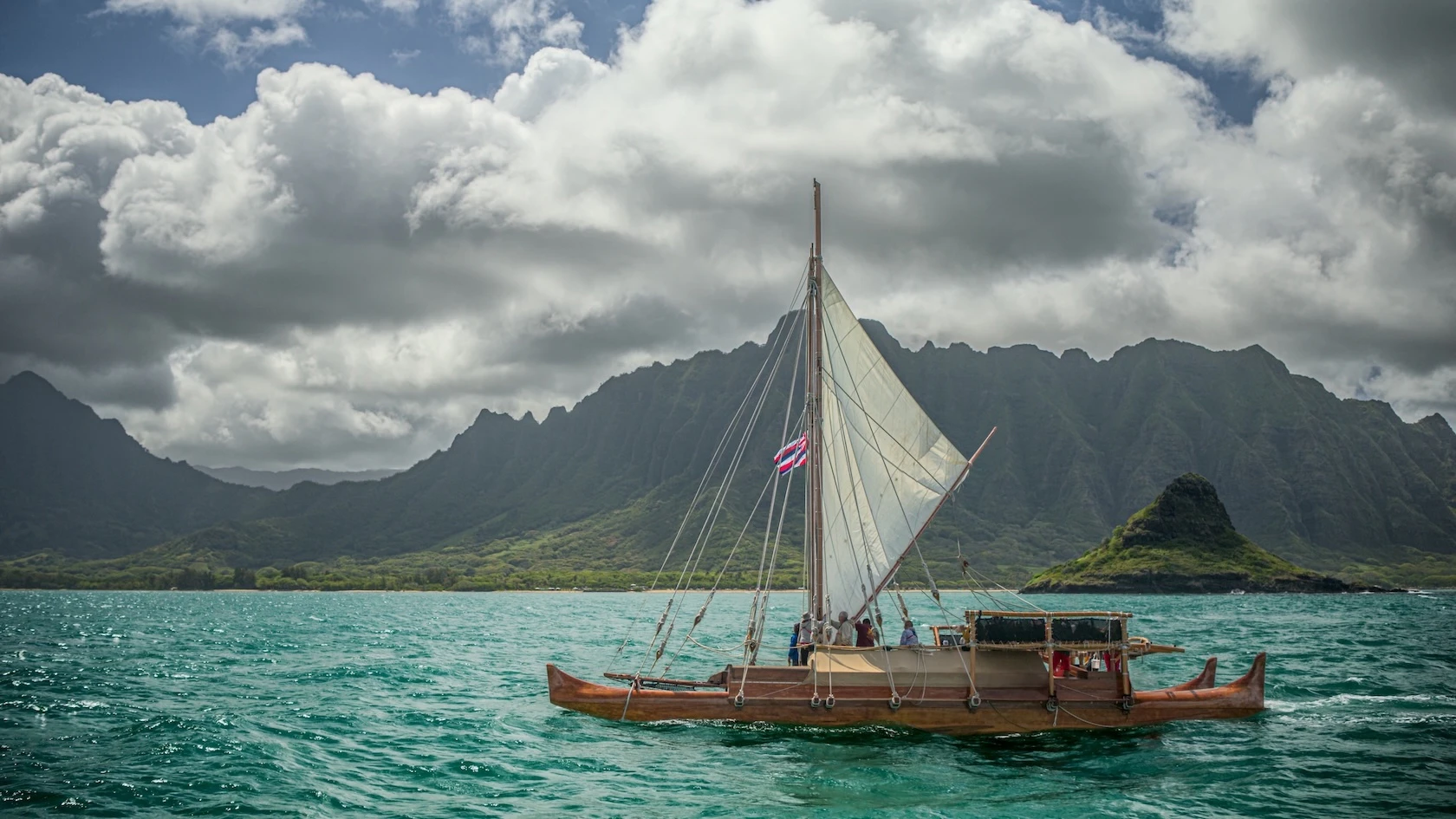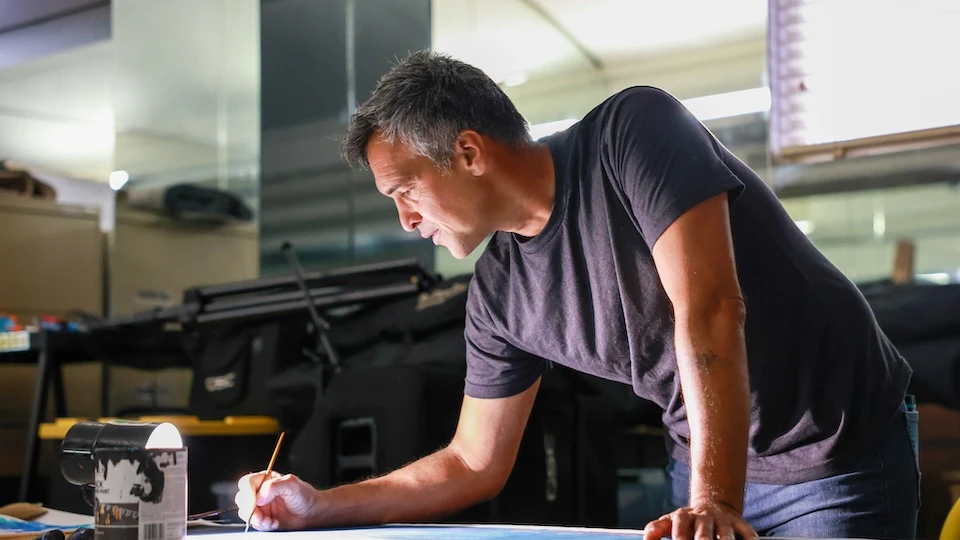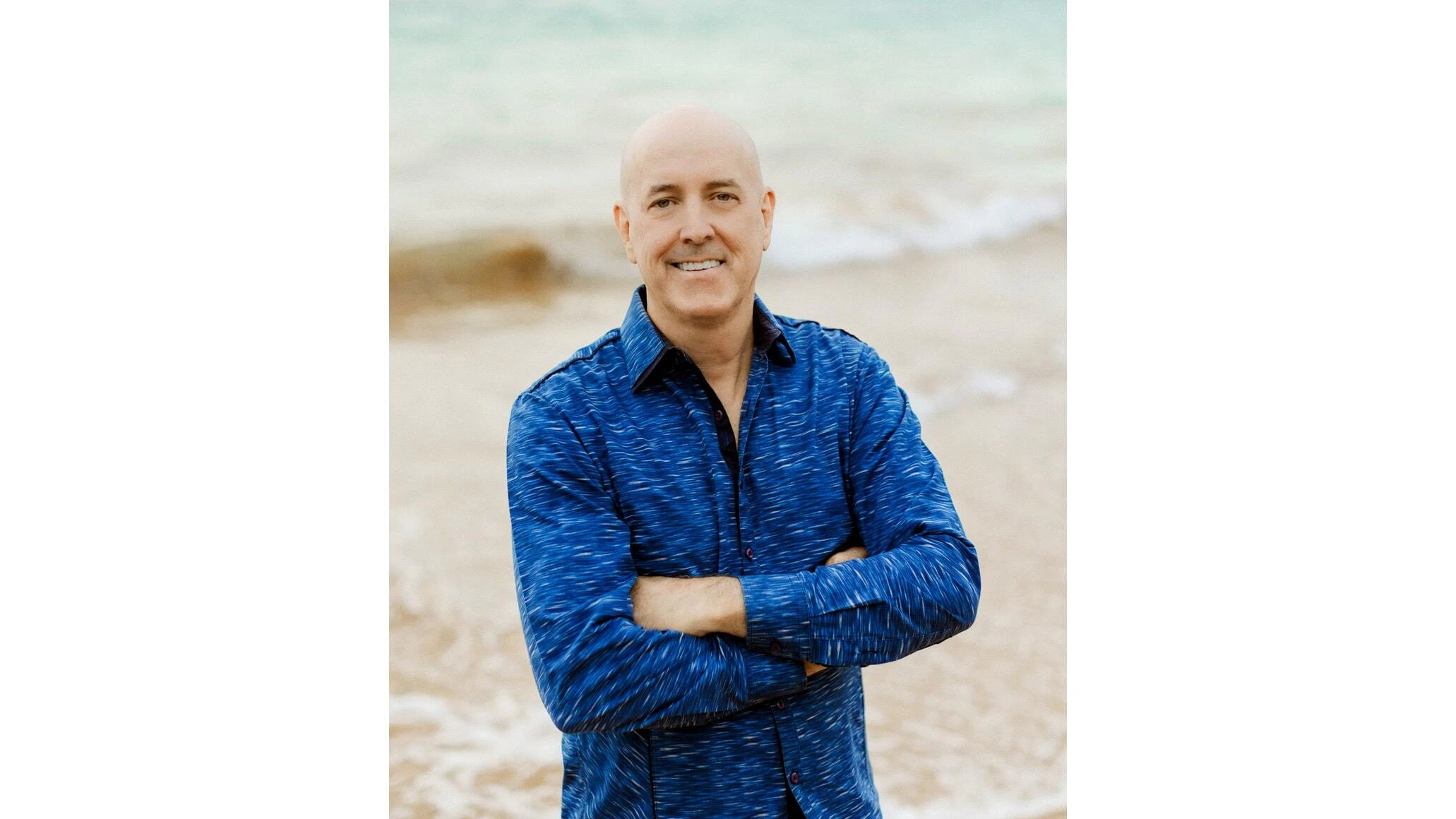As a kid, Mark Ellis saw the Hōkūleʻa, a double-hulled voyaging canoe. It sparked his imagination and inspired him to build a mini version of the vessel as a school project. Eventually, he joined the Polynesian Voyaging Society, which operates the Hōkūleʻa.
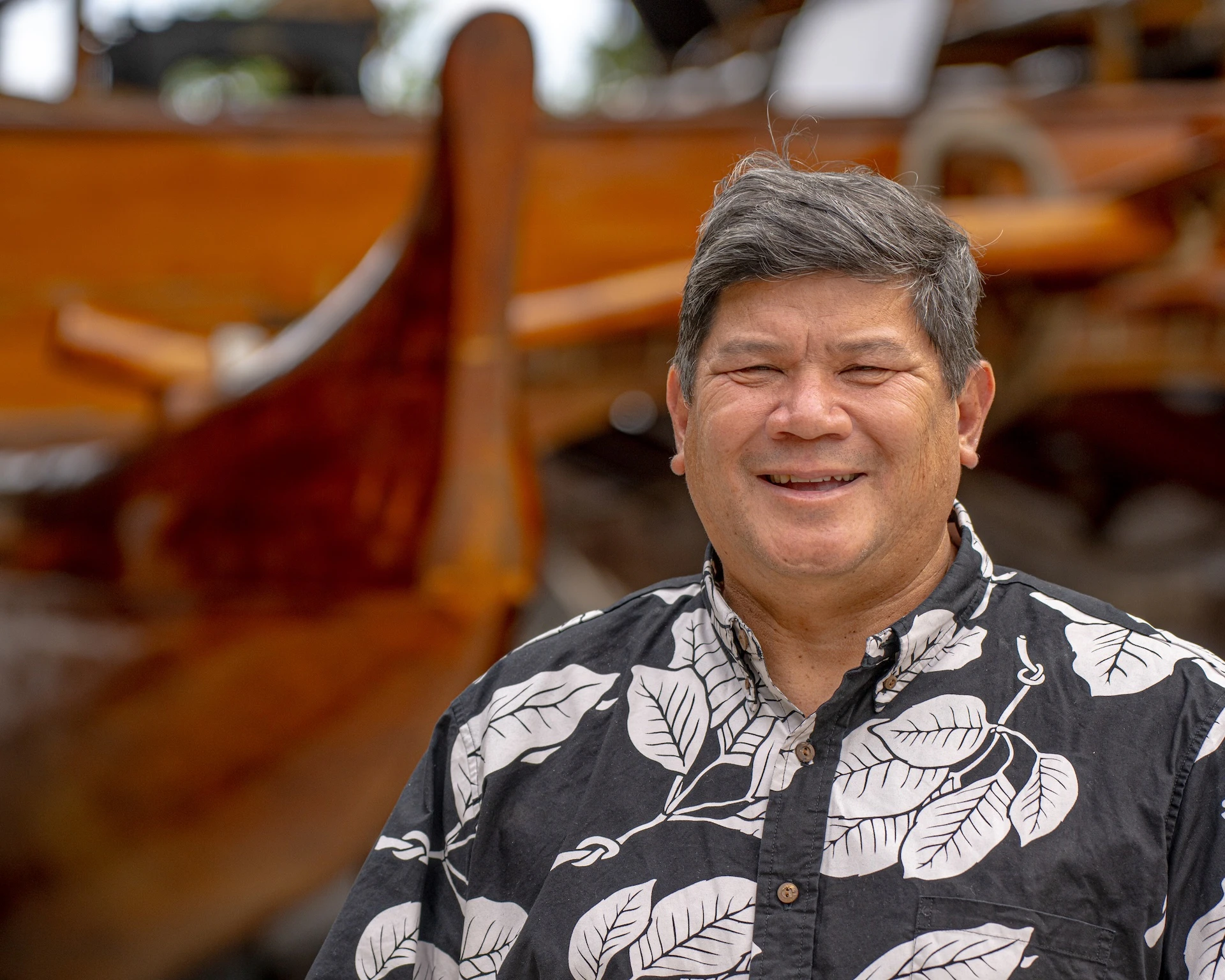
Today, he is training the next generation of navigators aboard the Iosepa, a traditional double-hulled sailing canoe, which sets out on a 31-day voyage of the Hawaiian islands on Saturday, May 24.
Ellis grew up “in the water” and “on the water,” he told Aloha State Daily. When he was seven years old, he saw Hōkūleʻa coming home from a voyage to Tahiti and told his parents he wanted to sail on that vessel.
“That ʻboat’ is what I was called it, but now I know it's a canoe,” Ellis said. “Everything I did in my class projects was always to do with Hōkūleʻa and voyaging.”
The family had one of Herb Kawainui Kāne’s books and Ellis used to look through the pictures, he said. At around nine years old, his teacher asked students to make boats as part of studying density. Ellis decided to create a mini version of the Hōkūleʻa.
He asked his parents to take him to see the double-hulled voyaging canoe and remembers the crew explaining things.
Eventually, he started volunteering for dry dock work with the Polynesian Voyaging Society, which operates the Hōkūleʻa and its sister vessel, Hikianalia. The duo are named after sister stars that “break the horizon together at the latitude of the Hawaiian islands,” according to website for PVS.
“And then, it wasn't until after college that I was invited to sail on Hōkūleʻa,” he said. “And after that, I just started constantly sailing.”
Weather permitting, Iosepa’s voyage includes landings at Lāʻie, Pōkaʻī Bay, Haleʻiwa and Mauliola on Oʻahu; Lahaina on Maui, and Kaunakakai on Molokaʻi. Iosepa was built in 2001. It was designed as a working classroom to teach navigation and seamanship, as well as Hawaiian values, according to representatives of the Polynesian Cultural Center, which is where the canoe is housed when it is not on the water.
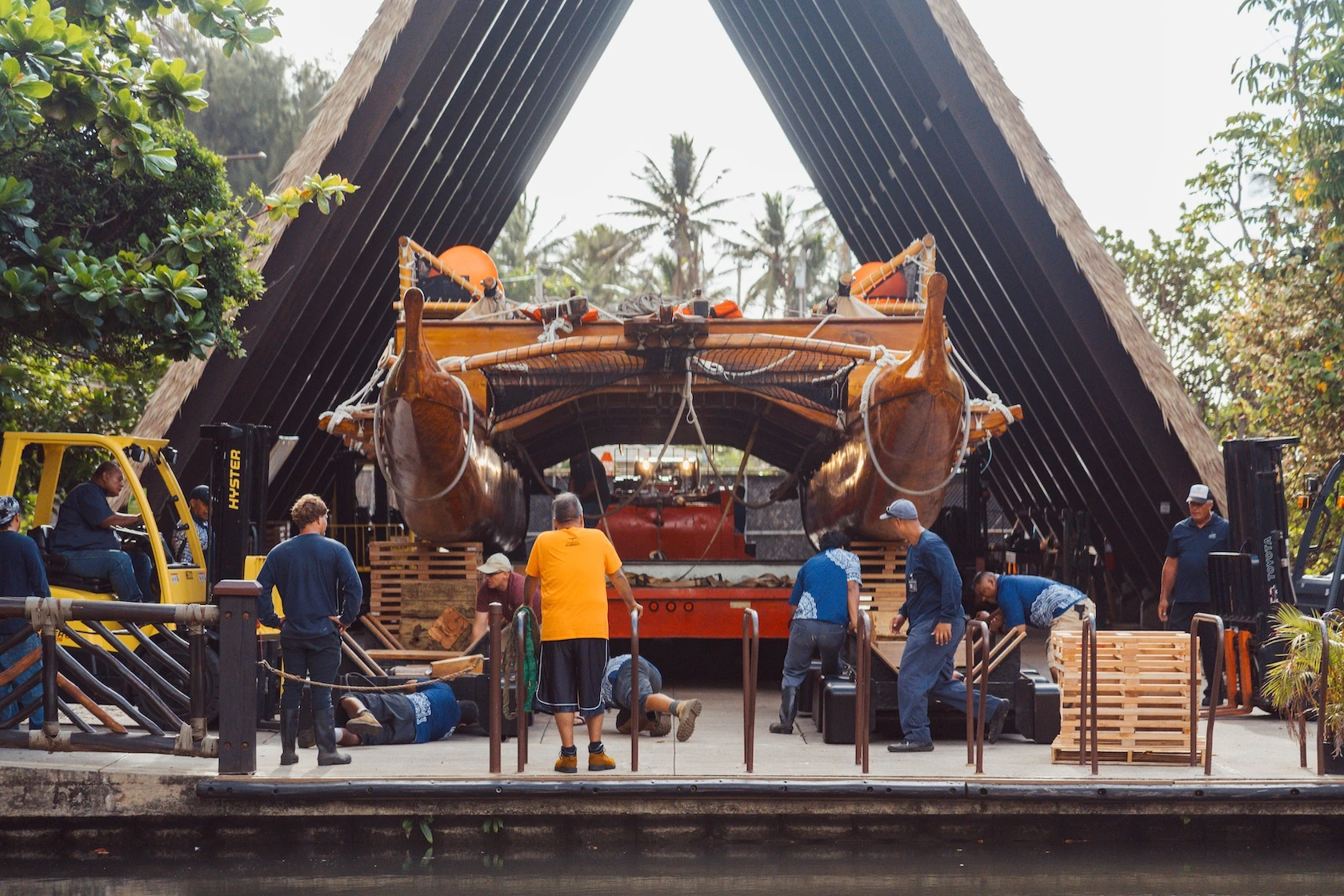
Ellis worked his way through the ranks as a crew member and watch captain.
“It was never my desire to become a captain,” he said. “It was just at one point that they said, ʻHey, we need help. Can you be a captain?’ ”
In the past, Ellis has been part of legs of voyages across the world, including to California and the Galapagos Islands as well as legs from New York to Virginia, Florida to Virginia and Samoa to Aotearoa, according to the PVS website.
Hōkūle‘a recently celebrated its 50th birthday on March 8. The voyaging canoe has sailed more than 140,000 miles across the Pacific, according to the website for PVS. On May 30, the Hōkūleʻa and Hikianalia are scheduled to depart Hilo for French Polynesia to resume the Moananuiākea Voyage, which is a four-year circumnavigation of the Pacific Ocean.
At any time, the crew for Iosepa is usually 12 to 16 people, Ellis said. But different people will be part of the crew for each leg of the voyage. The crew will likely consist of about 70 or more people over the entire voyage, he said.
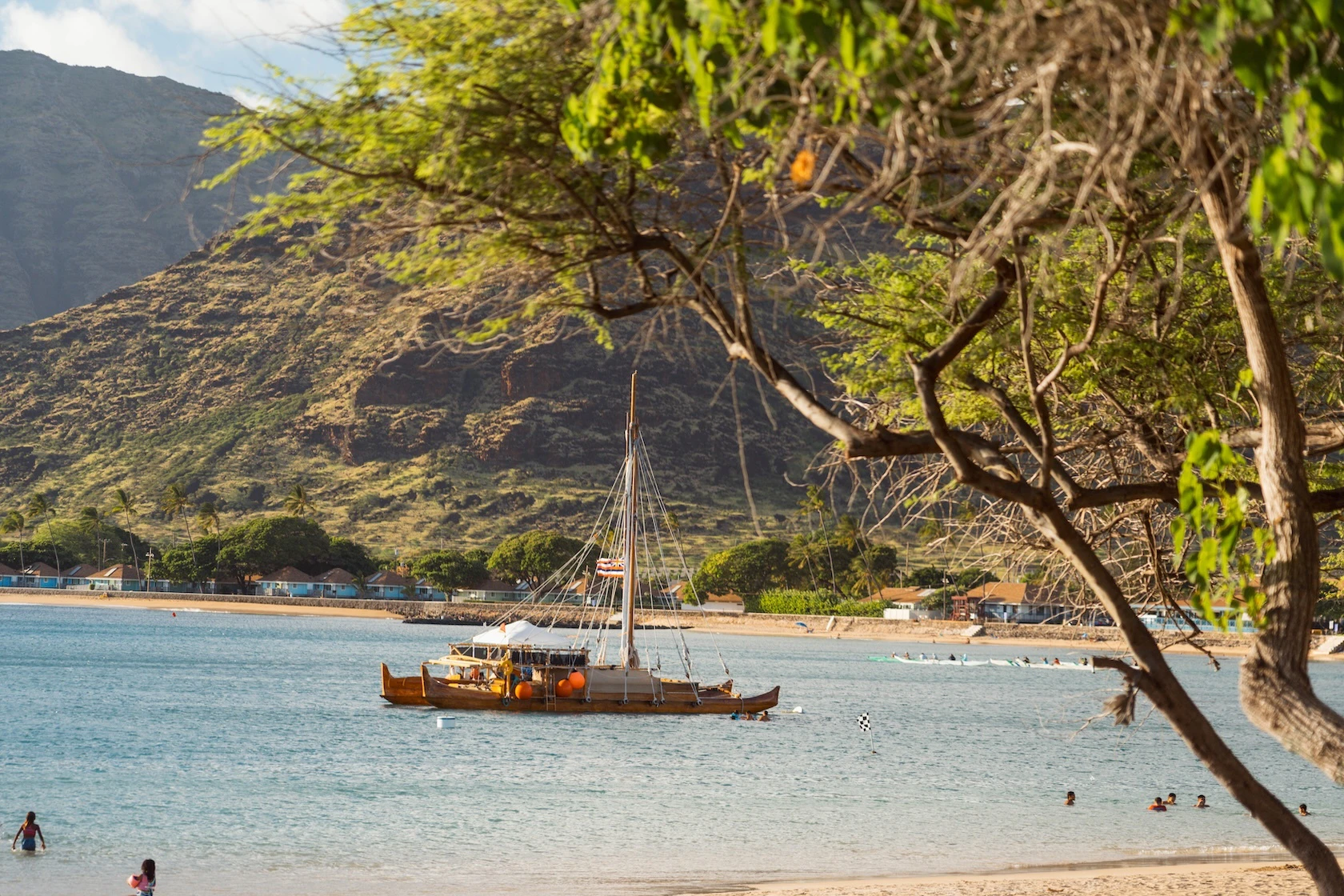
“I’m grateful for my family for supporting me and allowing me to follow my dream and my passion,” he said. “And now we’re on Iosepa and we’re training the next generation and getting them all excited.”
Follow Iosepa’s journey on Instagram and Facebook.
Katie Helland can be reached at katie@alohastatedaily.com.

